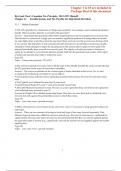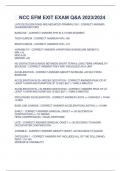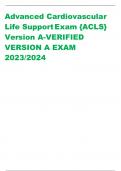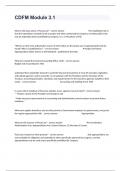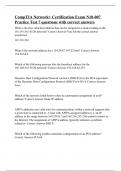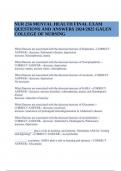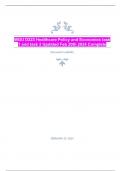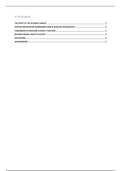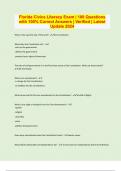Exam (elaborations)
Test Bank for Byrd & Chen's Canadian Tax Principles, 2024|2025 Edition Vol 2 by Gary Donell
Test Bank for Byrd & Chen's Canadian Tax Principles, 2024|2025 Edition Vol 2 by Gary Donell, Clarence Byrd, Ida Chen. Volume 2 (Chap 11 to 21) are included in this document however Complete chapters (Chap 1 to 21) are included in Package deal of this document. 11 Taxable Income and Tax Payable ...
[Show more]
